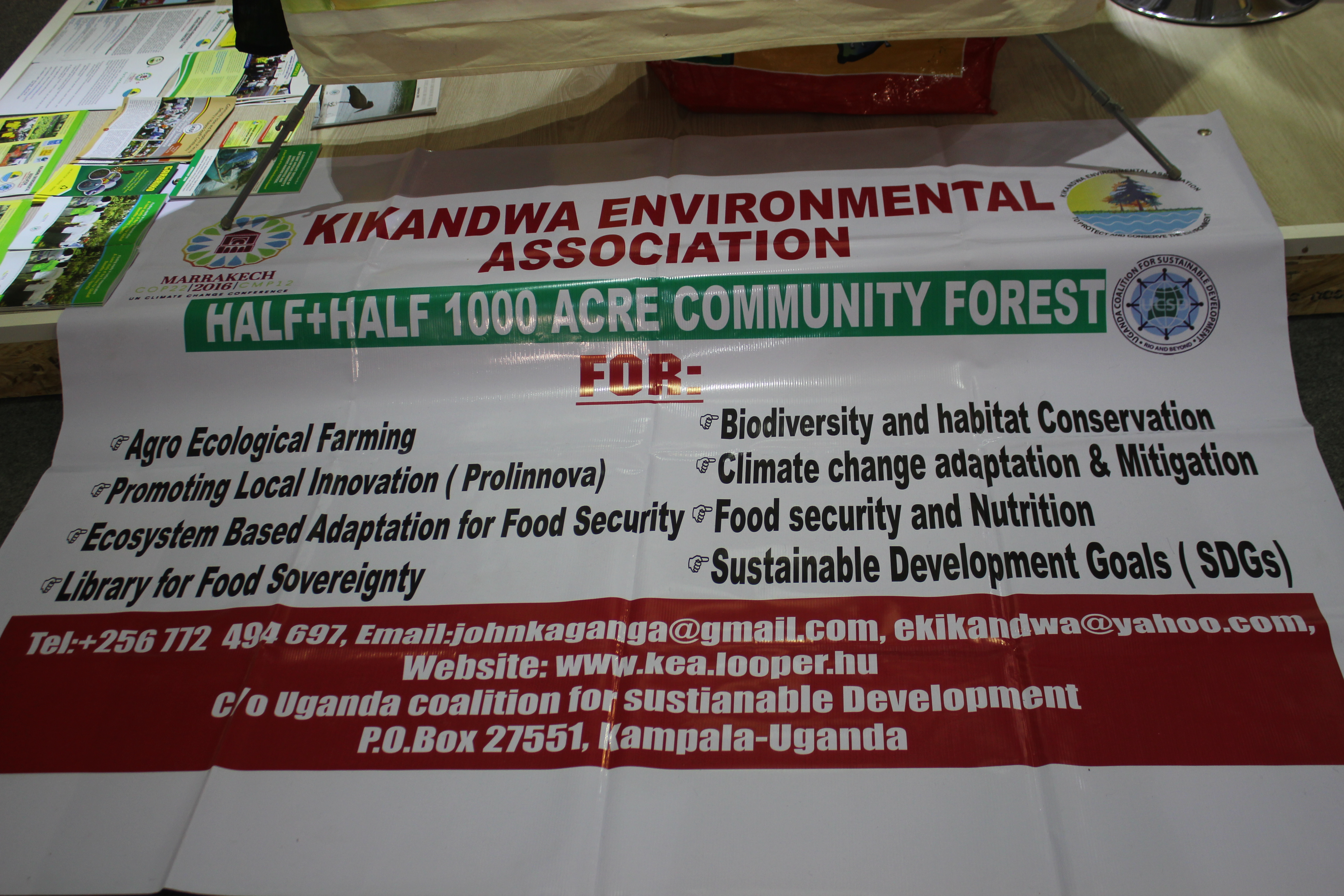An Overview Of Our Solution
- Population Impacted:
- Continent: Africa
Organization type
Population impacted
Size of agricultural area
Production quantity
People employed
Describe your solution
Describe your implementation
External connections
What is the environmental or ecological challenge you are targeting with your solution?
Describe the context in which you are operating
The smallholder farmer through Half+Half1000 Acre community forest project conserve or leave a small piece of land to regenerate into small forest patches per household to address the decline of biodiversity and soil fertility and the other projects which came up as additional social innovations by the community itself made the community resilience to climate change and have the ability to utilize their available resources to respond and withstand adverse situations and to recover from shocks and stresses and vulnerability to achieve inclusive growth, they are practicing sustainable agriculture and accessing seeds and crops which adapt to new weather changes, they use their capacity built to diversity effectively in value chains and to generate more income and nutritional diversity, use numerous indigenous seeds and foods which earlier were neglected and underutilized. They started community supermarket tree nursery, agro tourism enterprise, commercial beekeeping, community school, community innovation resource center, awareness created on land rights and capacity built to improve the sustainability of food production without clearing trees and forests, all have contributed a lot to the wise use of the ecosystem and have made the community resilience, adaptable and self sufficient contributing to the 17 ambitious goals to end poverty, fight inequality, injustice ,hunger and climate change for everyone by 2030, among other goals.
How did you impact natural resource use and greenhouse gas emissions?
Language(s)
Social/Community
Water
Food Security/Nutrition
Economic/Sustainable Development
Climate
Sustainability
Half+Half1000 Acre community forest project and other social innovations made the community resilience to climate change by utilizing their local resources to withstand adverse situations, farmers are accessing seeds and crops which adapt to new weather changes, diversify by using indigenous seeds and foods which earlier were neglected and underutilized, started community supermarket tree nursery, agro tourism enterprise, commercial beekeeping, community school, community innovation resource center, improved the sustainability of food production without clearing trees and forests achieving the wise use of the ecosystem and attaining community resilience and self reliance.
Return on investment
Entrant Image
Entrant Banner Image
